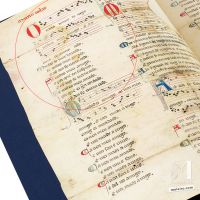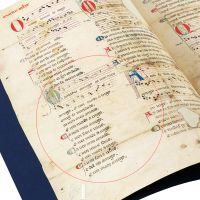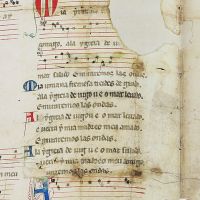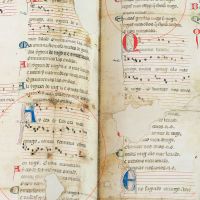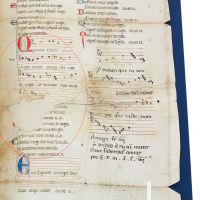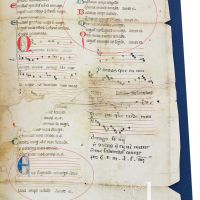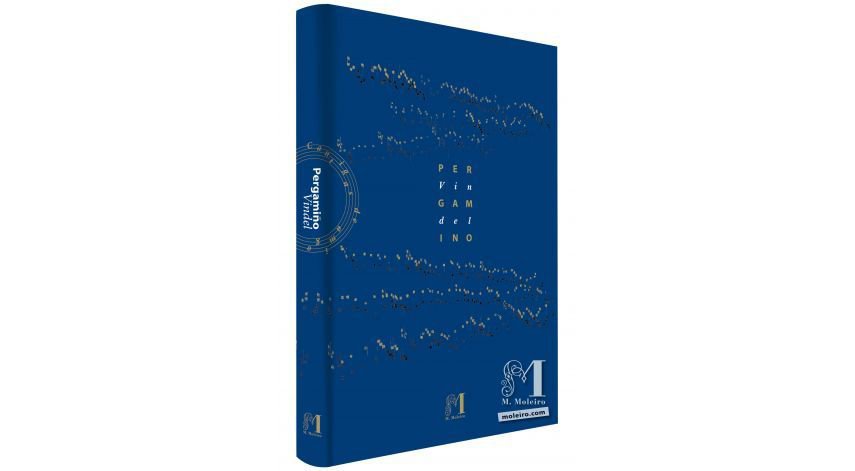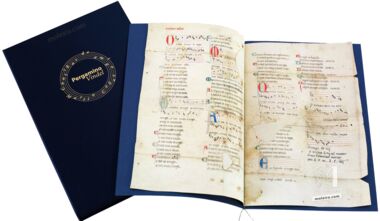Vindel Parchment
The Morgan Library & Museum, New York
Shelf mark: MS. M979
Date: Latter half of the 13th century
Size: 452 x 336 mm
Provenance: Galicia, Spain
Full-colour companion volume directed by Mariña Arbor, Universidad de Santiago, with contributions by Antonio Calvia, Fondazione Ezio Franceschini; Antonio Ciaralli, Università degli Studi di Perugia; Rip Cohen, John Hopkins University, USA; and Simone Marcenaro, Università degli Studi di Milano.
Foreword by emeritus professor Harvey L. Sharrer.
This edition includes a CD in which the soprano Speranza Cerullo sings the Cantigas de Martin Codax just as they were composed.
Unique and unrepeatable first edition, strictly limited to 987 numbered and authenticated copies.
Date: Latter half of the 13th century
Size: 452 x 336 mm
Provenance: Galicia, Spain
Full-colour companion volume directed by Mariña Arbor, Universidad de Santiago, with contributions by Antonio Calvia, Fondazione Ezio Franceschini; Antonio Ciaralli, Università degli Studi di Perugia; Rip Cohen, John Hopkins University, USA; and Simone Marcenaro, Università degli Studi di Milano.
Foreword by emeritus professor Harvey L. Sharrer.
This edition includes a CD in which the soprano Speranza Cerullo sings the Cantigas de Martin Codax just as they were composed.
Unique and unrepeatable first edition, strictly limited to 987 numbered and authenticated copies.
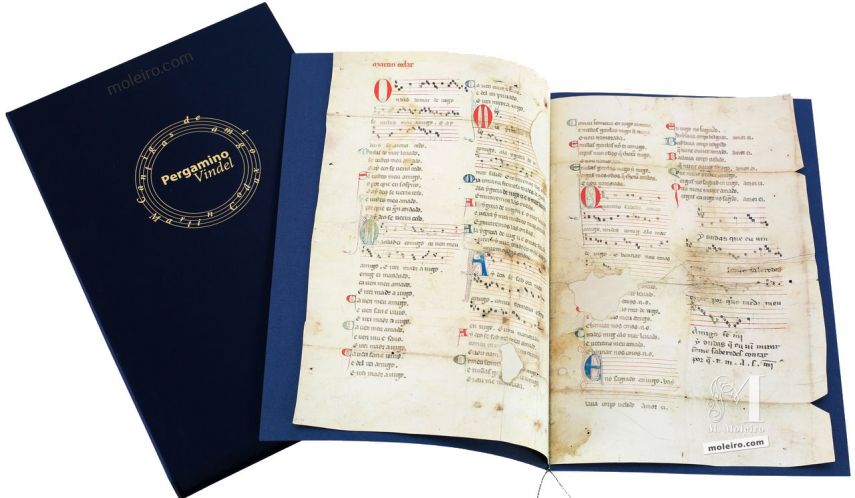
Shelf mark: MS. M979
Date: Latter half of the 13th century
Size: 452 x 336 mm
Provenance: Galicia, Spain
Full-colour companion volume directed by Mariña Arbor, Universidad de Santiago, with contributions by Antonio Calvia, Fondazione Ezio Franceschini; Antonio Ciaralli, Università degli Studi di Perugia; Rip Cohen, John Hopkins University, USA; and Simone Marcenaro, Università degli Studi di Milano.
Foreword by emeritus professor Harvey L. Sharrer.
This edition includes a CD in which the soprano Speranza Cerullo sings the Cantigas de Martin Codax just as they were composed.
Unique and unrepeatable first edition, strictly limited to 987 numbered and authenticated copies.
Date: Latter half of the 13th century
Size: 452 x 336 mm
Provenance: Galicia, Spain
Full-colour companion volume directed by Mariña Arbor, Universidad de Santiago, with contributions by Antonio Calvia, Fondazione Ezio Franceschini; Antonio Ciaralli, Università degli Studi di Perugia; Rip Cohen, John Hopkins University, USA; and Simone Marcenaro, Università degli Studi di Milano.
Foreword by emeritus professor Harvey L. Sharrer.
This edition includes a CD in which the soprano Speranza Cerullo sings the Cantigas de Martin Codax just as they were composed.
Unique and unrepeatable first edition, strictly limited to 987 numbered and authenticated copies.

